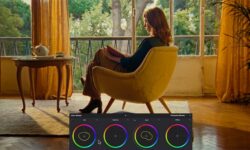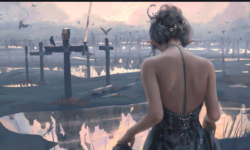What Are the Limitations of LUTs When Color Correcting in 32-bit Float
Release date:2013, June 13
Duration:00 h 07 m
Author:Patrick Inhofer
Skill level:Intermediate
Language:English
Exercise files:Yes
Patrick’s “3-Node Approach”: Limitations you need to understand
When it comes to working with flat, log-recorded images I’m a big proponent of using 3 nodes in DaVinci Resolve and applying the LUT in the middle node. There are a few reasons for this… but I was recently reminded of another reason why, if you apply a LUT in the middle of a node tree it is essential you understand how LUTs break the 32-bit floating point operations of DaVinci Resolve and what this means to a colorist. What is 32-bit Float and why is it important?
The value of 32-bit Floating Point
Image processing software that works at 32-bit float all those apps to ‘keep’ details even as details go above 100% white and below 0% black. This means that as you color grade, if you deepen your shadows and start clipping them out to black or brighten your highlights and start clipping them out to white then DaVinci Resolve retains these ‘brighter than white’ and ‘darker than black’ image values. More importantly these values can be retrieved even after you’ve clipped them out. Here’s a good explanation from a free video on Lynda.com’s website – using After Effects to demonstrate the value of 32-bit Floating Point operations:





 Channel
Channel





